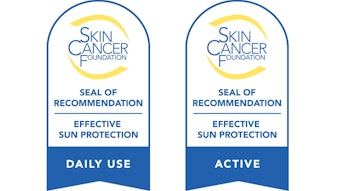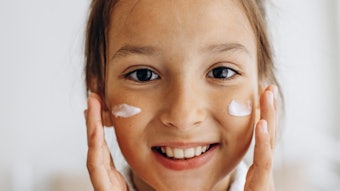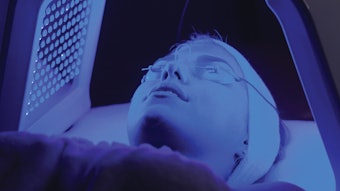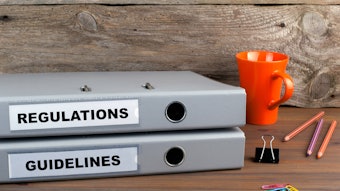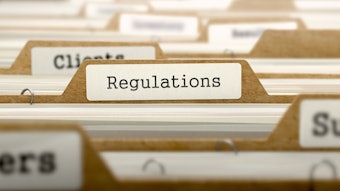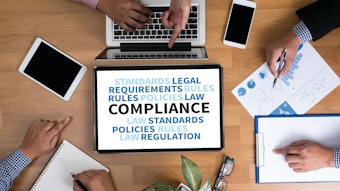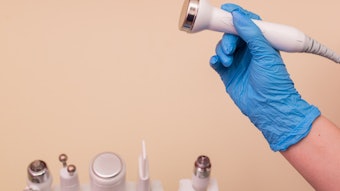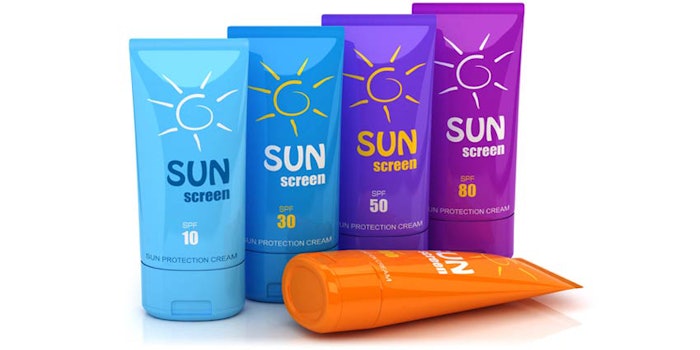
Despite the recent changes in labeling mandated by the U.S. Food and Drug Administration (FDA), a recent study suggests the terminology on sunscreen labels may still be confusing consumers.
“We need to do a better job of educating people about sun protection and make it easier for them to understand labels,” said Dr. Roopal Kundu, lead author of the Northwestern University study "Assessment of Consumer Knowledge of New Sunscreen Labels” which appeared online in JAMA Dermatology ahead of print.
In this particular study involving 114 participants, only 43% understood the definition of the sun protection factor (SPF) value. (Dermatologists Answer Burning Questions About Sunscreens - Click here to read more).
Other key results included:
- Fewer than half (37.7%) were able to correctly identify the terminology that indicated how well the sunscreen protected against skin cancer, photoaging (7.0%) and sunburns (22.8%).
- Most participants correctly identified higher SPF values as correlated with increased protection against sunburns (92.1%) and skin cancer (71.9%) but only 28.9% understood that it does not directly confer protection against photoaging.
- Only 55.3% of participants correctly identified the amount of sunscreen needed to cover the entire body in order to achieve the advertised level of sun protection.
“Interestingly, participants who indicated ‘highest SPF available’ as an important factor in their sunscreen purchasing decision were less likely to answer this question correctly compared with those who did not consider SPF value to be an important factor,” the study said.
As far as sunscreen purchasing decisions were concerned:
- 75.4% identified prevention of sunburns as an important factor in their decision to wear sunscreen, followed by preventing skin cancer (65.8%).
- The top three influences in the participants’ decisions to purchase a particular sunscreen were highest SPF value (49.1%), sensitive skin formulation (47.4%), and water and sweat resistance (43.0%).
- Only 34.2% indicated the broad-spectrum designation as an important factor in their purchasing decisions.
There were some bright spots to the study. When the participants were presented with a sunscreen label that designated UV-A protection as a star rating system (out of 4 stars) and UV-B protection as an SPF value. When given this sunscreen label, most participants were able to correctly determine the level of UV-A (78.9%) and UV-B (88.6%) protection. This could be a promising new approach to improve customer understanding of labels, according to Kundu.
Source: Northwestern University. (2015, June 17). Sunscreen confusion may burn shoppers: Consumers rely too much on sunscreen SPF values, confused by terminology. ScienceDaily. Retrieved June 19, 2015 from www.sciencedaily.com/releases/2015/06/150617135407.htm


